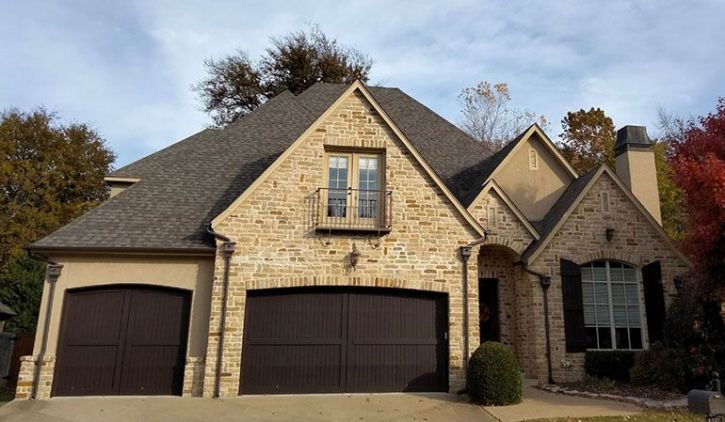When replacing a roof, one important factor that is often overlooked is roof ventilation. Roof ventilation plays a crucial role in maintaining the health and efficiency of your home. It helps regulate the temperature inside your attic, controls moisture, and extends the life of your roof. Here’s why roof ventilation is so important during a roof replacement.
1. Temperature Regulation
Proper ventilation helps to keep your attic cool in the summer and warm in the winter. Without enough airflow, heat can build up in the attic during hot months. This trapped heat can cause the temperature in your home to rise, making air conditioning work harder and increasing energy bills. In the winter, poor ventilation can lead to ice dams forming on the roof. Ice dams occur when snow melts from the heat trapped in the attic, then refreezes at the eaves, potentially causing water damage to the roof and interior of your home. Good ventilation helps to balance the temperature in the attic and prevents these problems.
2. Moisture Control
Excess moisture in the attic can lead to several issues, including mold, mildew, and rot. This can weaken the roof structure and cause damage over time. Roof ventilation allows moisture from inside your home to escape, preventing the buildup of condensation. In the summer, warm, humid air can get trapped in the attic, while in the winter, moisture from cooking, showers, and even breathing can build up. Proper ventilation ensures that this moisture is vented out, helping to keep your roof and attic in good condition.
3. Prolonging the Life of Your Roof
When your attic is properly ventilated, your roof will last longer. The constant temperature balance and moisture control prevent damage to roofing materials. Without proper ventilation, shingles can crack, curl, and deteriorate more quickly, leading to costly repairs and earlier roof replacement. With ventilation, your roof will be more durable and last longer, saving you money in the long run.
4. Energy Efficiency
Roof ventilation also helps improve your home’s energy efficiency. In the summer, it reduces the load on air conditioning by keeping the attic cooler, while in the winter, it prevents the buildup of heat that could cause ice dams. This can lead to lower energy bills and a more comfortable home.

